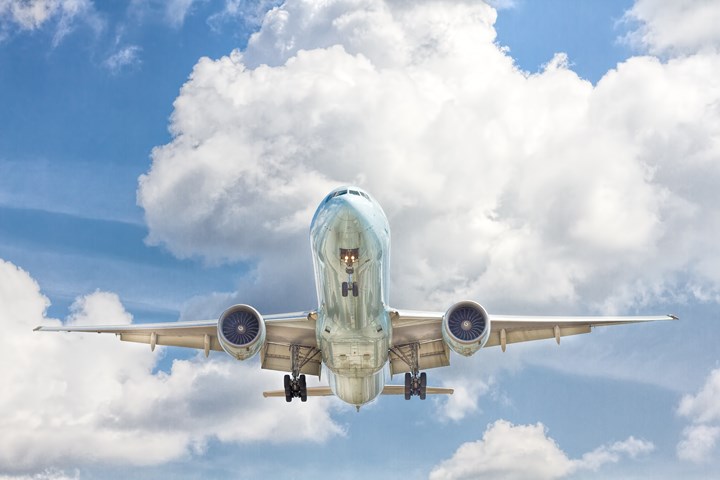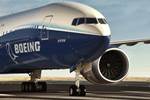Solvay launches adhesive and surfacing technologies for the aerospace industry
New AeroPaste and BR 179 adhesive and surfacing technologies are expected to increase part assembly, processing efficiency for aerospace manufacturers.

Photo Credit: John McArthur
Solvay (Alpharetta, Ga., U.S.) reported on June 22 that it is launching AeroPaste 1006, 1009 and 1100 adhesive pastes and BR 179 non-chromate primer. Solvay says these aerospace adhesive and surfacing technology innovations are said to not only increase part assembly efficiency but also offer unmatched processing flexibility, making them ideal for ever-increasing production rates.
AeroPaste is Solvay’s new generation of epoxy-based structural paste adhesives that provide film-like property and performance, comparable or superior to leading film adhesives on the market. Designed specifically to enable rapid assembly and automation, this new portfolio of paste adhesives will support industrialization requirements in the aerospace industry. AeroPaste will also reportedly increase manufacturers’ efficiency and output by enabling fast and easy application, and offer excellent tolerance to variations in bondline thickness. AeroPaste offers manufacturers maximum flexibility and meets a variety of application requirements. AeroPaste 1006, 1009 and 1100 are now available commercially.
BR 179, Solvay’s next-generation, sustainable, non-chromate primer is said to be a breakthrough innovation in the world of aerospace primers. A truly sustainable solution for adhesive bonding, the company notes that this non-chromated primer provides corrosion resistance comparable to benchmark chromated primers. BR 179 also offers superior tolerance to primer thickness variations, excellent mechanical properties and, according to Solvay, unmatched usage flexibility with an out-life of up to 180 days, making it the ideal primer for aerospace fabricators.
Overall, Solvay’s support increased production rate, improved manufacturing efficiency and the growing demand for sustainable solutions. Solvay adds that its technologies are qualified by all major commercial and defense aerospace OEMs and enable the development of light, safe and fuel-efficient aircraft.
Related Content
-
The potential for thermoplastic composite nacelles
Collins Aerospace draws on global team, decades of experience to demonstrate large, curved AFP and welded structures for the next generation of aircraft.
-
Welding is not bonding
Discussion of the issues in our understanding of thermoplastic composite welded structures and certification of the latest materials and welding technologies for future airframes.
-
Development of a composite liquid hydrogen tank for commercial aircraft
Netherlands consortium advances cryogenic composites testing, tank designs and manufacturing including AFP, hybrid winding, welding of tank components and integrated SHM and H2 sensors for demonstrators in 2025.



